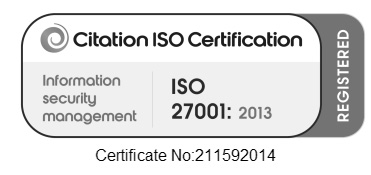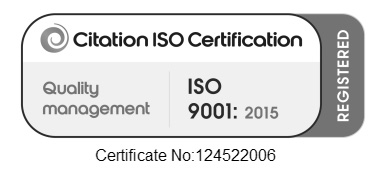Software-defined wide-area network (SD-WAN) solutions bring secure, private, cloud-aware connectivity that’s agnostic to a variety of links and providers. With this virtual architecture, enterprises can benefit from increased application performance, flexibility, scalability, and a better quality of user experience – boosting business productivity and agility, as well as reducing total cost of ownership (TCO) for IT departments.
But while SD-WAN has emerged as an attractive strategy for many, some organisations are stuck at a crossroads when it comes to choosing an implementation strategy – to deploy it in-house or seek an external provider to manage the solution.
As with any professional service, there are a host of pros and cons to each option, depending on the usability and size of traffic. And as companies large and small must adapt quickly to meet changing demands, making the right decision between DIY and managed SD-WAN is vital. That’s why it’s important to explore each factor in detail before making a concrete selection.
To kickstart your decision-making, here are some of the key factors to consider…
What’s the difference between DIY and managed SD-WAN?
With DIY SD-WAN, a firm’s own IT team manually sets up and controls all components in-house. This approach is reliant on the time and knowledge of existing colleagues, or requires the recruitment of a new staff member to plug any skills gaps.
On the other hand, managed SD-WAN involves the value-adding of an external provider to the network, with its own additional features and experience. This partner supplies the hardware, software, networking, and transport services needed to deliver the solution, relative to an organisation’s requirements – with appropriate service-level agreements (SLAs) for uptime and performance.
How do these options compare?
DIY SD-WAN can be an excellent solution for companies with strong in-house IT capabilities, with colleagues maintaining an acute awareness of the marketplace and who are particularly adept at handling every step of the process – from installation to maintenance.
While DIY SD-WAN might be more costly, it’s often the best option for organisations in regulated industries – such as finance and healthcare – which have complex requirements and must conduct regular internal risk assessments of their networks and facilities.
Managed SD-WAN, however, might be best suited to companies with a smaller team that’s more stretched in terms of responsibilities and that has a lack of know-how on how to integrate other critical applications. For growing teams, it’s also important to note that network and security needs rapidly increase in complexity, meaning it would be more difficult to manage SD-WAN architecture on their own.
Beyond expertise and growth, the number of locations needing SD-WAN connectivity, as well as the speed of data transport, are important factors to consider. For large organisations that find their network to be business-critical, for example, requiring large volumes of data to travel quickly and securely for processing, managed deployment would offer significantly more control.
Other value-adding features, including ease of use, centralised management, intelligent reporting and analytics, and service desk support, make managed solutions a front runner to increase efficiency and alleviate in-house resource for more revenue-generating tasks. It’s also vital to remember that an external managed solution does not replace existing employees, but simply augments your organisation’s IT strategy – acting as an extension of the team.
Closing thoughts on SD-WAN
When it comes to SD-WAN, there’s no one-size-fits-all approach. And as with any expense, it’s a decision that should be taken with careful consideration to ensure it’s right for your company.
But if you’re still weighing up the options, you should know that there’s a third possibility – a hybrid model – which allows even more flexibility for organisations to create a truly tailored network, that’s designed and directed by both the customer and managed service provider.
Generally, medium-sized businesses find this model the most appealing as it allows them to combine the affordances of both approaches and find the best fit for their requirements. For example, a service provider might be responsible for handling connectivity and managing the end-user experience, along with SLAs and technical consulting.
Still unsure? Get in touch with one of our experts by calling 01706 747 474, or emailing info@centralnetworks.co.uk. We’d be happy to help.






Central Networks are a strategic technology partner. Excellent technology is a given, customer service, trust and long-term relationships are what drive our business. We support CEOs, Heads of IT, IT technicians and transformation directors to ensure technology provides an edge to their organisations.
Company No: 02604843
VAT: GB 562 6919 13